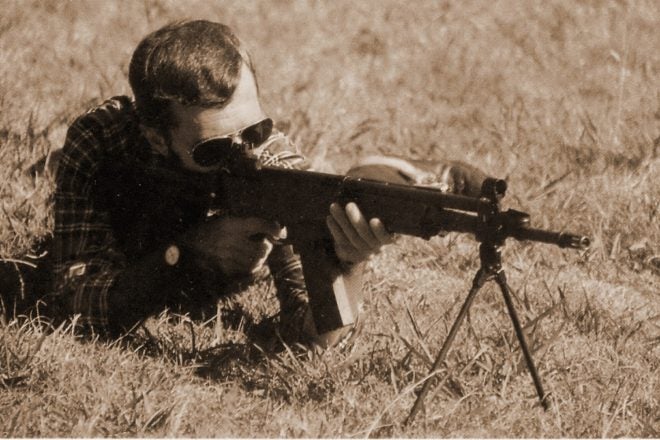Hi, there! One more time, here’s a small random selection of pictures and text on miscellaneous guns that have been located in this writer’s somewhat messy files. You may find them of some interest, though.
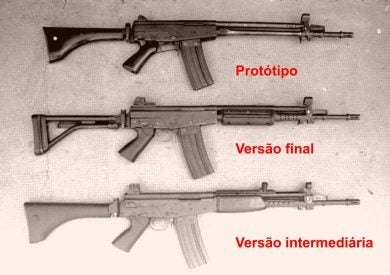

Well, let’s call these picture just “teasers” for a future, full-length article to appear in TFB. It shows three examples of Argentina’s 5.56x45mm FAA/FARA assault rifle created and briefly manufactured in the early 1980s by FMAP-DM (Fábrica Militar de Armas Portátiles – Domingo Matheu), in Rosário, Santa Fé Province. Yep, I was lucky enough to have had the chance to fire it.
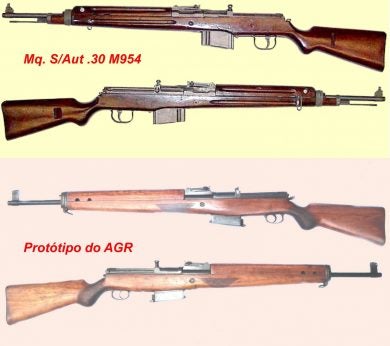
In WWII, a Brazilian Expeditionary Force fought alongside the U.S. 5th Army in Italy (1944-45), the main rifle employed being the .30-06 M1 Garand. Being long-time users of 7x57mm Mauser bolt-action rifles, the Brazilians certainly loved the semi-auto operation of the American gun and the caliber used. In the early 50s, the Army decided to try creating a local version of the German G43 chambered to .30-06. The service’s Fábrica de Itajubá (Itajubá Factory), in Minas Gerais State, made a small trials batch of the so-called Mq. S/Aut .30 M954, while the Arsenal de Guerra do Rio de Janeiro (Rio de Janeiro War Arsenal) came out with at least one somewhat different prototype, both models being shown here.
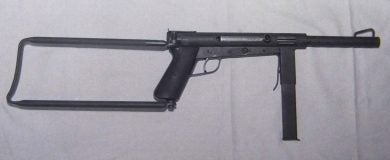


This DIY subgun was seized by police in Rio de Janeiro way back in the early 1990s and neatly marked “HUDSON ESPECIAL CAL.32 AUTO, SHOWCASE AMERICAN ARMS, MADE IN USA”. With a 175mm long barrel, its overall length was 730mm (460mm, stock folded) and empty weight was 2.5kg. The single-row box magazine stacked 17 rounds of .32 Auto (a.k.a. 7.65mm Browning) ammo. Very brief tests showed that its full-auto-only operation spit bullets at about 1,000 rounds per minute.
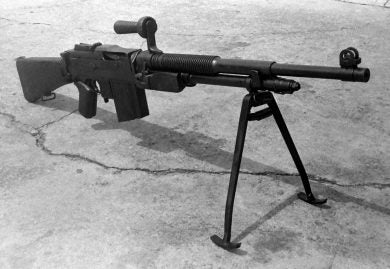
After World War II, Belgium’s Fabrique Nationale d’Armes de Guerre, a long time manufacturer of the Model 30 automatic rifle (similar to the U.S. Model 1918A1 BAR), introduced the Type D model. It features major improvements over the BAR, such as a quick change barrel, a clockwork-type rate-of-fire reducing mechanism, and a rapid method of field stripping. The recoil spring is located in the butt rather than in the piston slide assembly. The example seen here, in .30-06, was used by Brazil’s Corpo de Fuzileiros Navais (Marine Corps) for many years alongside the SAFN 49 semi-auto rifle, also made by FN.
 Your Privacy Choices
Your Privacy Choices
